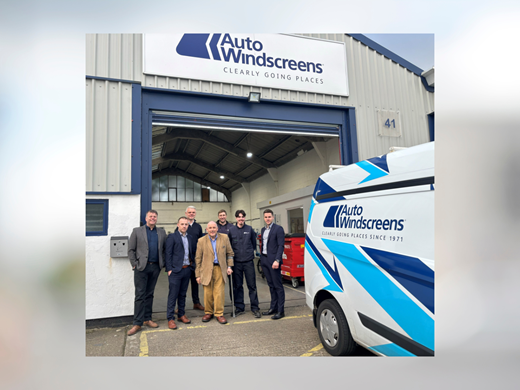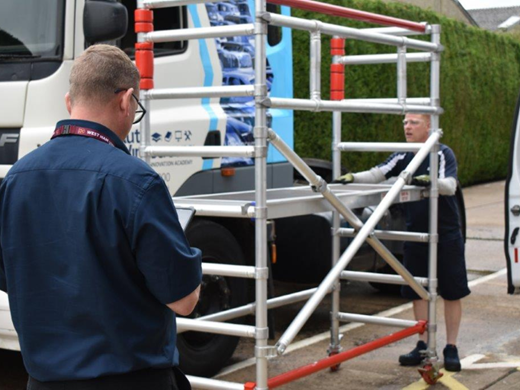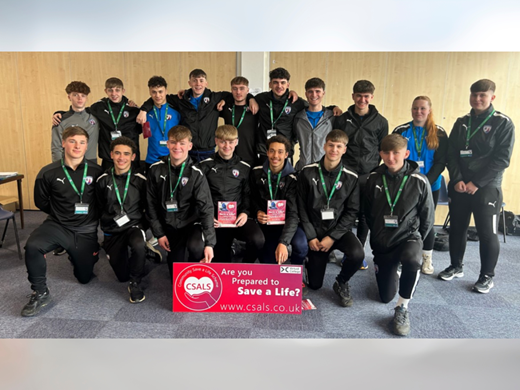Rupert Armitage talks Road Safety and ADAS
Monday, 28 Nov 2016

Following on from last week’s Road Safety Week, Rupert Armitage talks customer safety and gives his top tips for winter windscreen care.
Following on from last week’s Road Safety Week, Auto Windscreens’ Managing Director Rupert Armitage talks about ensuring customer safety through the company’s newly-announced approach to windscreen recalibration. He also gives his top tips on winter windscreen care.
How have windscreens changed in recent years to help improve road safety?
The evolution of windscreens has been huge in recent years. No longer are they just pieces of glass designed to prevent small debris and bugs from hitting drivers! Instead they are core to a vehicle’s structure, with overall glass in some cars accounting for 36% of a shell’s overall strength. They are designed for optimum safety should an incident happen.
Increasingly windscreens are also being used to support a host of advanced driver safety technologies.
Please explain more about the advanced driver safety technology in windscreens.
ADAS stands for Advanced Driver Assistance Systems. This can include everything from lane departure and automated braking systems, for example. Such technologies usually rely upon sensors and cameras mounted on a vehicle’s windscreen, with an average new car nowadays including around three or four different ADAS technologies. High-end specification vehicles could boast as many as eight or nine.
What do drivers need to know about ADAS when it comes to windscreens?
Drivers really only need to be concerned about ADAS if they need a windscreen replacement, not a chip repair. When a new screen if fitted, the cameras and sensors the technologies use could be left misaligned. Even just a millimetre change in glass positioning can have a huge impact on functionality. This is why it’s so important that a vehicle is recalibrated by a manufacturer-trained expert once a new windscreen has been fitted. It ensures the safety of any vehicle by making sure all the technologies are working correctly, as they did when they left the assembly line.
How is Auto Windscreens tackling ADAS after a windscreen replacement to keep drivers safe?
For us, the safety of our customers is paramount. That’s why we have just announced that we’re now working directly with manufacturer dealers for all our post-windscreen replacement recalibrations. Some of our competitors have invested in technology so they can do the recalibration, but we strongly believe that working with the experts is best, not only ensuring vehicles remain safe, but that manufacturer warranties remain intact. We are passionate about reducing driver risks and can organise recalibration for any vehicle when a windscreen repair booking is made.
Finally, do you have any tips on how people can prevent windscreen damage this winter and improve their road safety?
I’d say:
- Get chips repaired quickly to avoid them increasing in size or turning into cracks.
- If possible use a car cover to protect from frost.
- Make sure washer bottles have fluid in and are not frozen before setting off on a journey.
- Remove any snow from the roof of a vehicle before driving off.
- Ensure wipers aren’t frozen to the screen and avoid using wipers to clear ice or snow-covered windscreens.
A clear windscreen is essential for safe driving! Visibility is vital!


